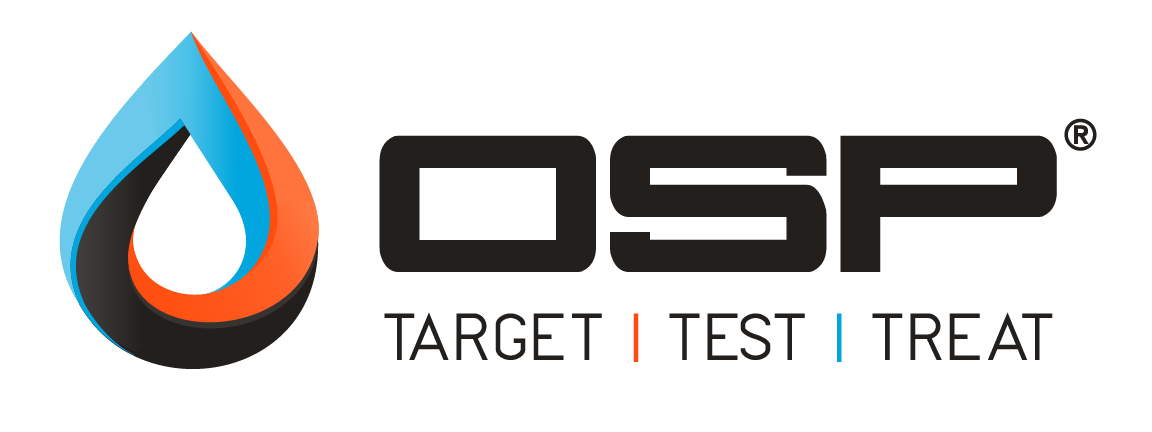Microbial Solutions
For the Oil & Gas Industry

Where there is water, there are microbes — from drilling mud, stimulation fluids, produced water, proppant, finished fuels, in the reservoir and in pipelines — and if left untreated, they can cause fouling, souring, corrosion and create costly setbacks.
For 30 years, OSP has built a reputation as the go-to microbial expert specializing in microbial identification, surveillance and mitigation.
We support clients in understanding their microbial environment so they can protect their assets and prevent future challenges.
CHEMICAL SOLUTIONS
BIOCIDE & PRODUCT SOURCING SUPPORT
Testing Services
DNA TESTING & KILL STUDY SERVICES
PURCHASE A TEST KIT
LIFECHECK ATP TEST KITS & USER SUPPORT
ATP TEST KITS
detect the overall population of microbes present.
TARGET THE PROBLEM
TARGET THE PROBLEM
What is a biocide?
A biocide is something that exerts a controlling effect on microorganisms by chemical or biological means. Some biocides destroy cell walls, while others inhibit metabolic function – in either case the goal is cell death. There are laws in place to ensure that biocides are used safely and effectively. In the U.S. biocides are regulated by the Environmental Protection Agency (EPA), and in Canada by the Pesticide Management Regulatory Agency (PMRA).
How do microbes contribute to corrosion?
Corrosion is an electrochemical phenomenon that results in the deterioration of a metal surface and can result from a variety of different means. Abiotic (non-microbiological) corrosion can occur via CO2, H2S, acid and general concentration cell mechanisms. Through a complex series of interactions between microbes, chemicals in the environment and the metal surface, biotic corrosion otherwise known as microbiologically influenced corrosion (MIC) can occur as well. MIC mechanisms can both directly or indirectly initiate, contribute to, or accelerate corrosion caused by any other number of mechanisms.
Microbes affect corrosion by producing corrosive metabolites (H2S, iron sulfide, sulfuric acid, organic acids, CO2 ), fixing anodic sites, altering passivating films, or direct uptake of electrons from the metal surface.
What are Archaea?
Archaea are a domain of microbes physically similar, yet distinct from bacteria. Many known examples of archaea are extremophiles, preferring to live in some of the most inhospitable places on earth, including high temperature reservoirs. Like bacteria, there are subgroups of archaea that can cause harm in oil and gas applications. These include the corrosive methanogens, and sulfide producing archaea (SRA). Archaea are controlled in the same way as bacteria are, with the use of oilfield biocides.
What are microbial equivalents (ME/mL)?
A common objective of many microbial tests is to count the number of microbes within a sample. Different tests may achieve this objective through different means (IE measuring bottle turns, vs ATP concentration vs DNA genes). A microbial equivalent (ME) is the number of microbial cells per unit volume or mass (ME/mL or ME/g). This allows for a universal unit directly comparable to the results of common quantification assays including serial dilution bottles, CFU counts, ATP and qPCR. The ME value is reported on a log-scale, reflective of the way in which microbes grow and multiple. IE 2.4 x 10 6 ME/mL.
Example:
ME/mL = pg of ATP/mL x 1000
(The multiplication factor used is based on the average amount of ATP found in a microbial cell).
Why ATP testing?
ATP monitoring offers a powerful combination of speed, versatility, portability, and accuracy for microbial testing. This testing measures the total active/living microbial load (count) in the sample. It is an ideal form of testing for creating a baseline, and for building trend data to ensure that an asset is being well maintained. For example, ATP testing is used to evaluate the effectiveness of the kill achieved through microbial control programs. Biocides used in oil and gas are non-specific – they don’t preferentially kill one type of microbe over another. Reading the total microbial load before and after a treatment program mitigates against unexpected outcomes.
ATP takes approximately 5-10 minutes to complete and can be conducted on-the-go (portable) or in a lab.
What do the result from the LifeCheck ATP test tell us?
The result shows the amount of total active/living cells, or how much microbial load or ‘life’ is in your sample. It is an easy and accurate method to assess the success of biocide treatments, and for routine microbial monitoring.
CONNECT WITH AN EXPERT
This lab-based study, also known as a biocide selection study or a biocide optimization study, is a method of generating science- based data that can be used for decision making in real world applications.
